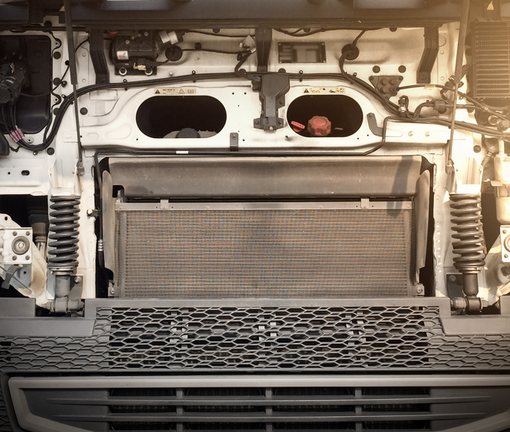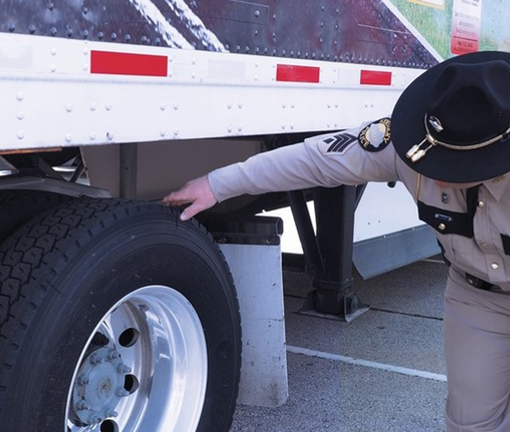Originally published in FleetOwner
Transportation news has been filled with articles on nuclear verdicts that have been levied against fleets following accidents. It is no secret that the number and size of jury awards against trucking companies are increasing.
The results of a survey by the American Transportation Research Institute show that between 2006 and 2019 there were 26 cases with awards of more $1 million, and in the last five years of the data, there were nearly 300 cases. The number of verdicts over $10 million nearly doubled in that time period.
The study also found that almost any failure to adhere to Federal Motor Carrier Safety Administration regulations or a fleet’s own safety policies were points that were the focus of plaintiffs’ arguments.
There are efforts underway to try to get upper limits set on accident awards, but there is no way of knowing when or if limits will be set. While we wait for changes to the law, there are actions fleets can take to protect themselves.
It starts with developing a culture of safety at your fleet so that everyone knows that safety is a top priority and that unsafe practices will not be tolerated. This message has to be disseminated from the very top of the organization down through all layers of management. This is a case of “walk the talk,” so make sure your safety policies, procedures and practices align with your message that safety matters.
Fleet management can demonstrate its commitment of safety in the way it specs vehicles. There are a host of safety-related options that can be specified on trucks today. Things like roll stability, collision mitigation systems, lane departure warning systems, active braking, etc., can help prevent accidents by alerting drivers about potential hazards and using technology to help control the vehicle when hazardous situations are detected.
Next, make sure safety is a big focus of your on-boarding process. New drivers need to know from the very beginning what your expectations are surrounding safety. They need to understand that there will be penalties for speeding, incidents of hard braking, failure to wear seat belts, etc. Explain expectations and lay out penalties for violating company safety policy. Make sure they understand that repeated violation of safety rules will result in termination.
It’s also good practice to regularly remind seasoned drivers about safety policies. However, you don’t always have to focus on the punitive side of the issue. Set up reward programs for drivers who reach safety milestones in terms of number of accident free miles driven. Recognition of those achievements should be done in a very public manner to reinforce the value you place on safe driving.
Make sure your technicians are taking findings from driver vehicle inspection reports seriously. Drivers are required to point out any issues with the trucks they find during their pre- and post-trip inspections. If they find an issue, it needs to be fixed before the truck goes out again. This will help avoid equipment malfunction as a cause of an accident.
You need to do everything you can to help drivers avoid accidents. While it is not possible to control the actions of other drivers on the road whose behavior could cause accidents, you can make sure that in the event of an accident your fleet’s safety practices will aid in your defense and demonstrate your commitment to safety. Hopefully that will help you avoid one of these multi-million-dollar verdicts.





